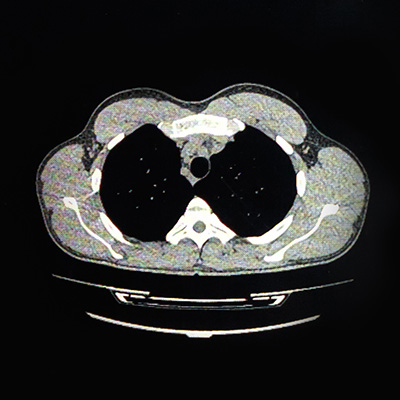Congenital Lung Malformations in Children
What are Congenital Lung Malformations?
Congenital lung malformations are rare abnormalities of the lungs or airways that develop before birth. “Congenital” means present at birth. These malformations are usually spotted during routine antenatal scans or investigated shortly after birth if a baby has breathing difficulties.
They are caused by the abnormal development of lung tissue during pregnancy. Although the exact cause is often unknown, most cases are not genetic or inherited.
Types of Congenital Lung Malformations
- CPAM (Congenital Pulmonary Airway Malformation): Abnormal tissue or cysts in the lung that may be air- or fluid-filled. These lesions do not function as normal lung tissue.
- Bronchopulmonary Sequestration: A section of lung tissue that is not connected to the normal airways and has an abnormal blood supply.
- Congenital Lobar Overinflation: Overexpansion of one part (lobe) of the lung, which can compress surrounding lung tissue.
- Bronchogenic Cysts: Fluid-filled cysts are often found near the trachea or oesophagus.
- Hybrid Lesions: A mixture of CPAM and sequestration features.
- Bronchial Atresia: Blockage of a section of the airway.
How Common Are They?

Although rare, congenital lung malformations are the most common type of congenital abnormality affecting the lungs. CPAM is the most frequently diagnosed type.
How Are They Diagnosed?
- Before birth: Most are picked up during a routine 20-week pregnancy scan. Additional imaging like fetal MRI or echocardiograms may be used to monitor growth and assess for complications.
- After birth: A chest X-ray or CT scan may be used if symptoms develop or if an abnormality is suspected.
- Bronchoscopy (camera test) or echocardiogram may also be used in some cases.
What Are the Symptoms?

Many babies with small lesions have no symptoms at all and grow up healthy. If symptoms occur, they may include:
- Rapid or laboured breathing
- Wheezing or noisy breathing
- Recurring chest infections
- Difficulty feeding or poor weight gain
- Chest pain
- Pneumothorax (collapsed lung)
Possible Complications
In rare cases, large lung malformations can cause serious complications even before birth, such as:
- Pulmonary hypoplasia: Underdeveloped lungs
- Heart failure (hydrops): A build-up of fluid in the baby’s body
Treatment Options
Before Birth
In a small number of cases, treatment is required during pregnancy:
- Steroid injections (for microcystic CPAM) to reduce the size of the lesion
- Shunt placement to drain fluid from large cysts
- Fetal surgery in very rare cases of severe complications
After Birth
Many babies are monitored after birth and undergo surgery at a later stage, usually between 3 and 6 months of age. This allows the baby to grow and recover well from surgery.
Surgery is usually done via keyhole (minimally invasive) techniques and involves removing the affected part of the lung (lobectomy). Children generally recover well and go on to lead normal, healthy lives.
Long-term follow-up may be needed in some cases
What Happens Next?
If your child has been diagnosed with a congenital lung malformation:
- You will be supported by a specialist team throughout the pregnancy and after birth
- Your child may need scans and a surgical review
- You’ll be involved in discussions about the timing of treatment and follow-up care
Located in London | Infants to young adults seen
Request a referral or book an appointment with Professor Gupta today.
